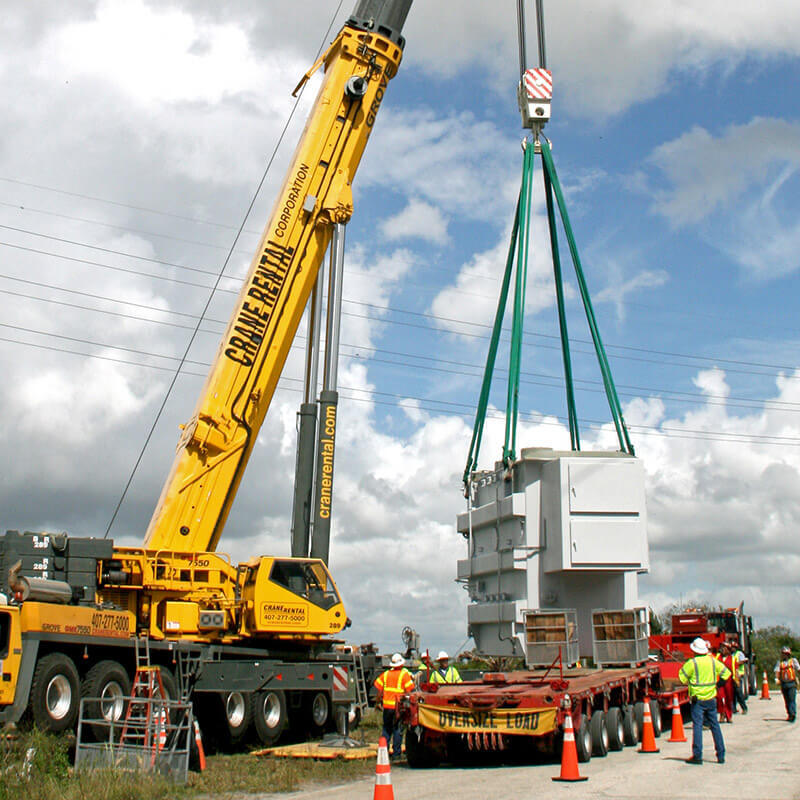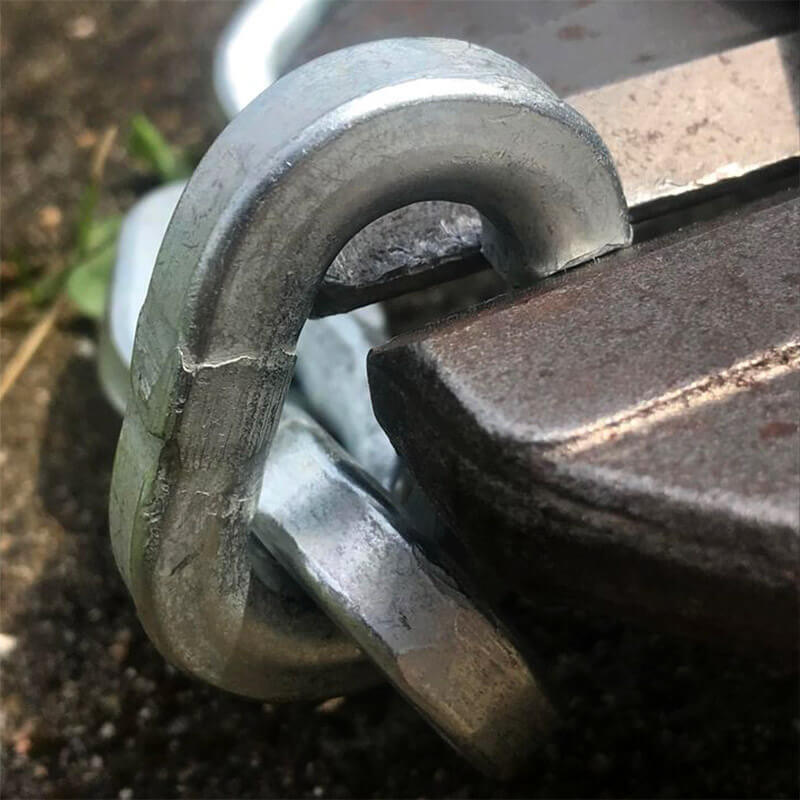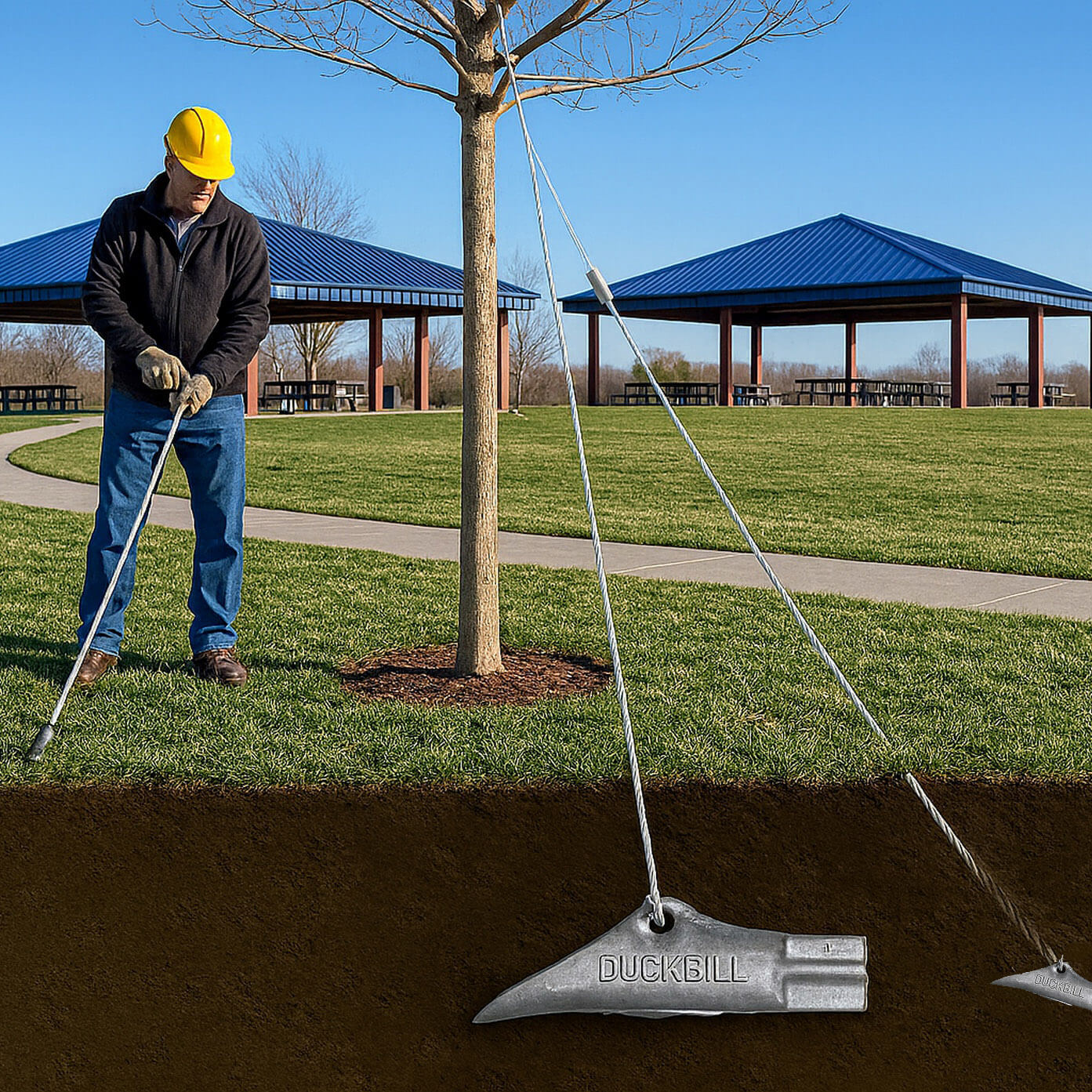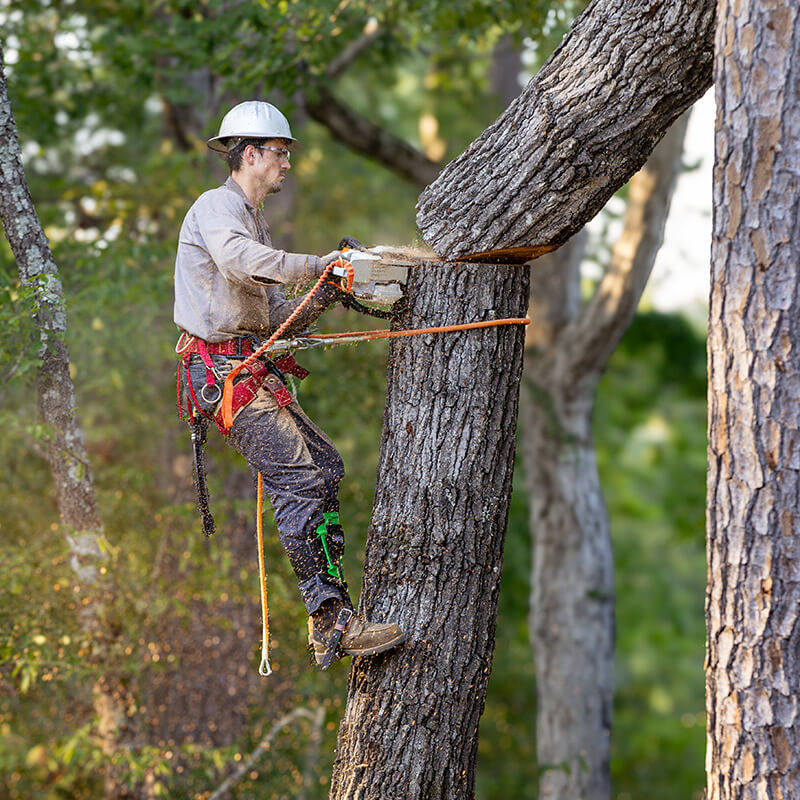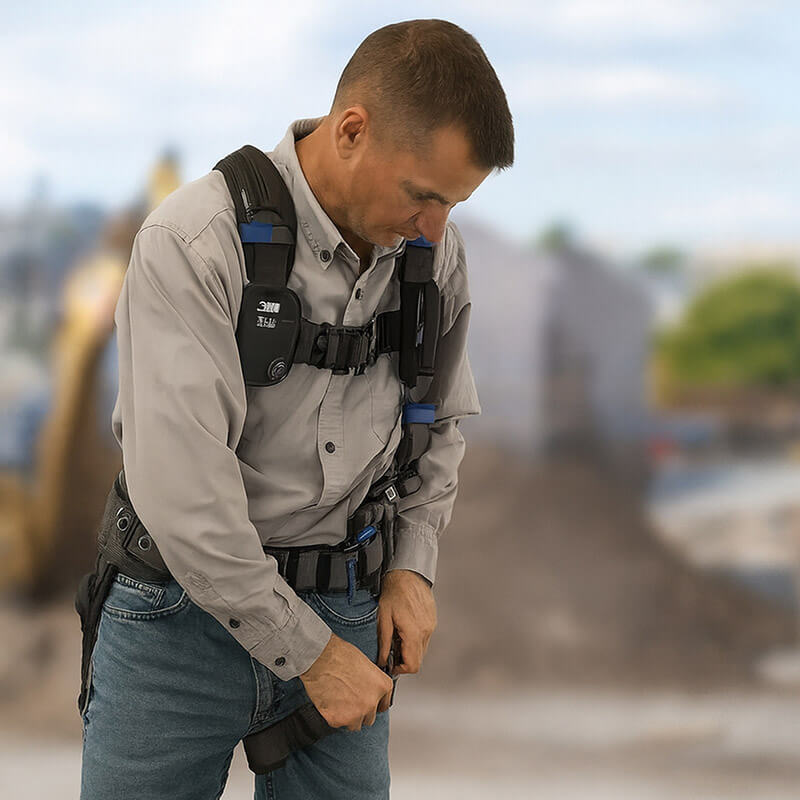What is the Main Tool That Most Arborists Must Have?
It’s a common question—and a tough one to answer. Arborists rely on many tools to work safely and efficiently in the trees and on the ground. While the chainsaw is often considered the go-to tool for tree work, the truth is that there’s no single item that defines the job. The most important tool for an arborist depends entirely on what they’re doing—and where they’re doing it.
There’s No One-Size-Fits-All Tool
Different roles in tree work demand different gear. Climbers, ground crew, and crew leads all rely on a variety of essential equipment. Rather than highlight just one tool, here’s a breakdown of the core items professional arborists use every day.
Core Tools for Climbing Arborists
For climbers working at height, safety and mobility are top priorities. Key gear includes:
- Climbing saddle (harness): A comfortable, well-fitted saddle is critical for long hours in the canopy.
- Climbing rope: Arborist ropes are built for strength, flexibility, and durability—either for DRT or SRT techniques.
- Carabiners and hardware: Auto-locking carabiners, pulleys, swivels, and friction devices provide secure and efficient movement in the tree.
- Spurs (climbing spurs or spikes): Used primarily for removals, not pruning, spurs help climbers ascend when there are no limbs.
- Helmet and eye protection: Climbing helmets with chin straps and integrated visors or safety glasses are a must for overhead work.
Ground Crew Essentials
Ground workers support the climber and help manage everything from rigging to cleanup. Their most important tools include:
- Gloves and protective apparel: Cut-resistant gloves, chainsaw chaps, and steel-toe boots protect against injury.
- Rigging gear: Blocks, port-a-wraps, rigging rope, and slings are used to safely lower limbs and sections.
- Communication tools: Radios or hand signals ensure clear coordination with the climber during cuts and drops.
- Debris-handling tools: Tarps, rakes, and drag hooks help with efficient cleanup and jobsite organization.
Chainsaws: Still a Key Tool
While we don’t sell chainsaws on our site, we acknowledge their critical role in arboriculture. From removals to pruning, chainsaws are used by both climbers and ground workers. Top-handle saws are used aloft by trained climbers, while rear-handle saws are better suited for ground-based work. Whether gas or battery powered, chainsaws must be paired with the proper PPE and training.
It All Comes Down to the Job
The “most important tool” is really about context. A climber might say it’s their saddle and rope system. A ground worker might point to a rigging block or a helmet. What matters most is using the right gear for the task—and using it properly.
At Bishop Lifting, we offer a full range of climbing kits, saddles, carabiners, lanyards, helmets, and rigging equipment built for professional arborists. Whether you're up in the canopy or managing operations from the ground, we’ve got the gear you need to work safely and efficiently.
Visit lifting.com to explore our arborist gear lineup.
FAQ
Is there one tool every arborist needs?
No single tool covers every arborist task. Chainsaws are widely used, but climbers rely just as much on saddles, ropes, and safety gear.
What climbing gear is essential?
A professional setup includes a climbing saddle, climbing rope (DRT or SRT), carabiners, foot and knee ascenders, and a helmet with chin strap.
What’s the difference between climbing and ground gear?
Climbers use gear for ascending, positioning, and working safely in the canopy—such as saddles, ropes, ascenders, and helmets with chin straps. Ground workers, on the other hand, focus on rigging, communication, and debris management. They must also wear protective gear to guard against falling objects and are responsible for maintaining a safe drop zone and keeping pedestrians clear of the work area.
Do I need different tools for pruning vs. removals?
Yes. Removals may require spurs and rigging blocks, while pruning often uses hand saws, pole saws, and friction savers to protect the tree.
Where can I buy climbing and rigging gear?
At Bishop Lifting, we stock professional arborist equipment from trusted brands like Petzl, Weaver, Climb Right, ISC, CMI, and more. Browse online or contact our team for help.
What are the most common tools used in rigging?
Oct 13th 2025
What Is the Strongest Security Chain?
Oct 7th 2025
Are Pewag Chains Good?
Oct 3rd 2025
What Are DuckBill Anchors Used For?
Sep 26th 2025
What is a Tree Climbing Harness Called?
Sep 22nd 2025
How Long Are DBI-SALA Harnesses Good For?
Sep 16th 2025
Bishop Lifting Expands to the Midwest with Acquisition of American Rigger’s Supply
Sep 5th 2025
What Are Synthetic Slings?
Sep 4th 2025
What Are the Four Components of a Fall Protection System?
Aug 29th 2025


